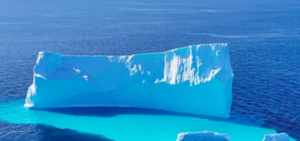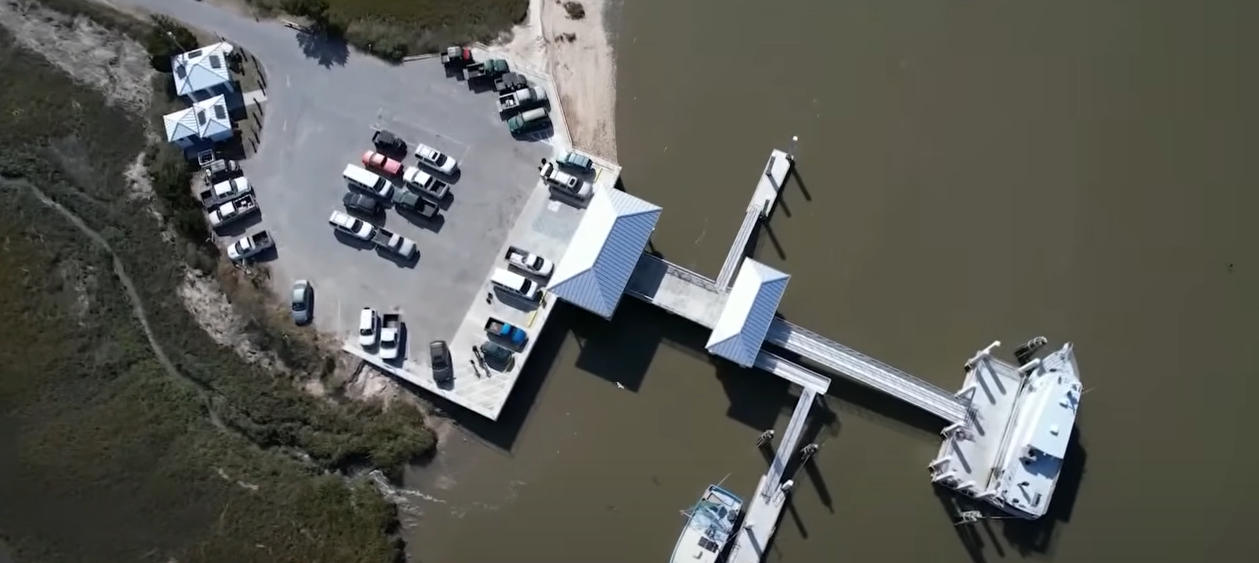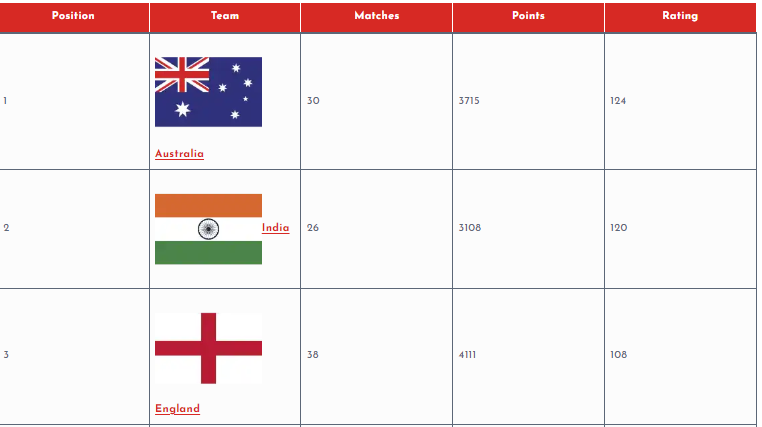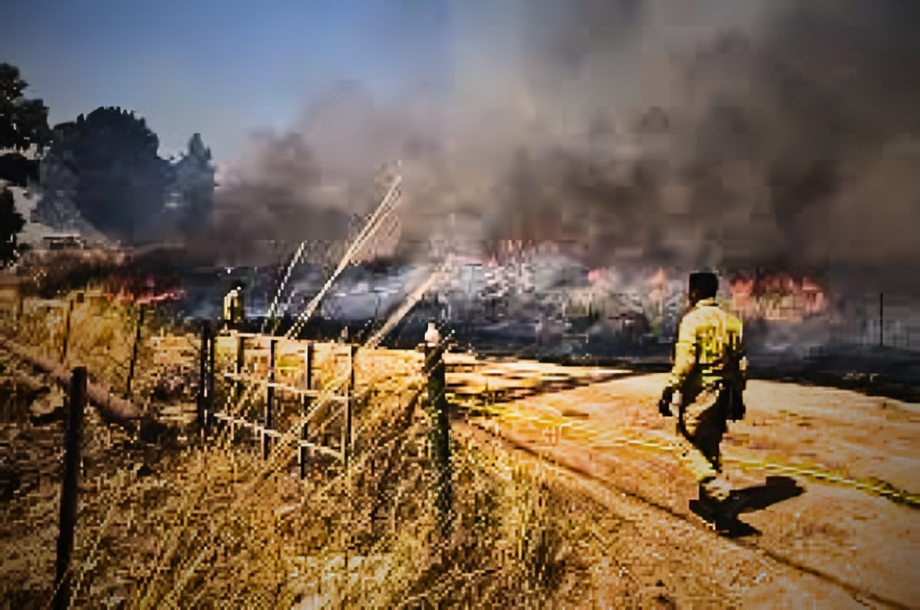
“There is no room for error,” says Isak Rockström, as he reflects on the dangers of their Arctic expedition. Along with his brother Alex, the 26-year-old has spent the last two months battling the harsh conditions of the Arctic Circle. Their mission: to sail through the Northwest Passage, connecting the Atlantic and Pacific Oceans, and gather vital data on climate change in this remote region.
Under the Midnight Sun Facing the Arctic’s Challenges
The Rockström brothers have faced numerous challenges on their journey. From dodging massive icebergs to enduring fierce gales around Iceland, the Arctic has tested their resolve at every turn. Their journey began in the frigid waters of the Atlantic, where they encountered severe storms that pushed their skills and endurance to the limit.
Just a day before speaking to CurrentNews, the brothers found themselves in a “tricky situation.” As they navigated a fjord, strong winds of up to 52mph (84kph) blew down from nearby mountains, pushing their boat dangerously close to the shore. Despite running the engine at full power, they struggled to make headway. “We were at the mercy of the elements,” Isak recalls.
Under the Midnight Sun Navigating Treacherous Waters
The journey became even more perilous as they approached Devon Island, the world’s largest uninhabited island. The poorly charted waters posed a significant risk of running aground. In a split-second decision, they had to adjust their sails and quickly dismantle and jerry-rig parts of their equipment to lower the main sail. The isolation of their location was stark, with the nearest help being the few Canadian Coast Guard icebreakers patrolling the vast Canadian Arctic.
The Most Challenging Crossing
Isak describes their passage through the Davis Strait around Greenland as “the most challenging ocean crossing of my life.” For days, they pushed through thick fog that made navigation nearly impossible. The relentless cold and constant threat of ice made every moment tense. It felt like an endless slog through an icy void, with no land in sight to reassure them.
Finally, after days of trudging on, the fog began to lift. Through a small opening in the cloud cover, they caught their first glimpse of Greenland. “It was a moment of validation,” says Isak. “After days of feeling lost, seeing Greenland was a powerful confirmation that we were still on the right path.”
A Mission for the Future
Their journey is far from over, with the Arctic’s unpredictable weather and shifting ice still ahead. But the Rockström brothers are driven by their commitment to gather crucial data on climate change. Their voyage is not just a test of endurance but a vital contribution to understanding the rapidly changing Arctic environment.
As they continue their journey under the midnight sun, navigating fields of icebergs and battling the elements, they know each day brings new challenges. Yet, their mission could provide key insights into the future of our planet, making every perilous moment worthwhile.
Each year, only a few crews successfully navigate the Northwest Passage, and these brothers are among the youngest to undertake this challenging journey.
The Curentnews is interviewing the Rockström brothers during their expedition as they near one of the most difficult parts of their journey, a section they are both anxious and eager to tackle.
Since starting their journey in Norway in June, the crew of the Abel Tasman has sailed around Iceland and Greenland. They are now navigating the harsh waters between northern Canada and the Arctic.
The Rockström brothers aim to finish their Arctic journey in Nome, Alaska by early October. Skipper Isak, who is 26, is one year older than Jeff MacInnis was when he completed the passage at 25 in 1988, a record for the youngest person to do so. Despite their youth, the brothers are experienced sailors, having previously sailed from Stockholm to Mexico in 2019.
As captain and first mate of their 75-foot schooner, the Rockström brothers feel their bond has deepened through the expedition. They describe their small team as an adoptive family and emphasize that their close collaboration has enhanced their understanding of each other’s roles. Isak notes that their relationship has never been closer, while Alex agrees, highlighting their effective teamwork and mutual respect.
Alex has long dreamed of traversing the Northwest Passage, driven by his fascination with maps and past expeditions. Despite the journey’s dangers, he is aware of the region’s likely changes due to climate change. He fondly recalls a memorable night off Greenland’s coast, sailing under the midnight sun and navigating through massive icebergs, where the stunning light over the icebergs left a lasting impression.
- Isak’s Conviction: Isak was initially hesitant about the trip but was persuaded by the opportunity to undertake one of the few remaining expeditions characterized by danger and isolation.
- Keith Tuffley’s Role: Keith Tuffley, the expedition leader, left his job at Citibank to lead the journey and has become a father figure to the Rockström brothers.
- Johan Rockström’s Influence: The Rockströms’ father, Johan, is a Swedish climate scientist known for his work on climate tipping points, emphasizing the significance of their mission.
- Expedition’s Aim: The expedition aims to highlight the increasing risks of climate change, particularly regarding tipping points in the Arctic Circle.
- Concerns About Greenland Ice Sheet: Studies suggest that the Greenland ice sheet could become more vulnerable to runaway melting with global warming of 1.5-2°C above pre-industrial levels. Precise tipping points are uncertain, and full-scale collapse may take thousands of years.
- Observations and Data: Preliminary data from seawater measurements around Greenland indicate colder and less salty waters, suggesting ice sheet melting. This could weaken Atlantic currents and raise global sea levels.
- Feedback Loop: Melting ice might create a feedback loop where warmer waters accelerate glacier melting and retreat.
- Significance of Yacht Data: Alex believes that data collected from a sailing yacht like theirs is valuable because big ships and icebreakers are limited in their range.
- Challenges Ahead: Isak mentions that they are at a critical point in the expedition, anticipating challenging conditions ahead.
- Unpredictable Conditions: Keith notes that while melting Arctic ice has eased navigation, it has also created unpredictable ice conditions. The landscape sometimes resembles an alien environment, like Mars, and the crew is mostly isolated, encountering only a few walruses and polar bears.






























































































